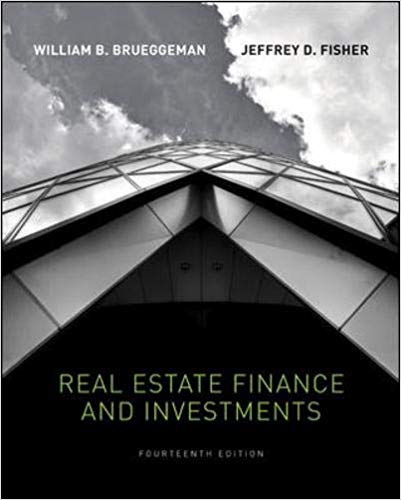a. Suppose you are an analyst with the following data: rRF = 5.5%; rM - rRF =
Question:
a. Suppose you are an analyst with the following data: rRF = 5.5%; rM - rRF = 6%; b = 0.8; D1 = $1.00; P0 = $25.00; g = 6%; rd = firm's bond yield = 6.5%. What is this firm's cost of equity using the CAPM approach?
b. Suppose you are an analyst with the following data: rRF = 5.5%; rM - rRF = 6%; b = 0.8; D1 = $1.00; P0 = $25.00; g = 6%; rd = firm's bond yield = 6.5%. What is this firm's cost of equity using the DCF approach?
c. Suppose you are an analyst with the following data: rRF = 5.5%; rM - rRF = 6%; b = 0.8; D1 = $1.00; P0 = $25.00; g = 6%; rd = firm's bond yield = 6.5%. What is this firm's cost of equity using the bond-yield-plus-risk-premium approach? Use the mid-range of the judgmental risk premium.
Cost Of EquityThe cost of equity is the return a company requires to decide if an investment meets capital return requirements. Firms often use it as a capital budgeting threshold for the required rate of return. A firm's cost of equity represents the...
Step by Step Answer:

Real Estate Finance and Investments
ISBN: 978-0073377339
14th edition
Authors: William Brueggeman, Jeffrey Fisher





